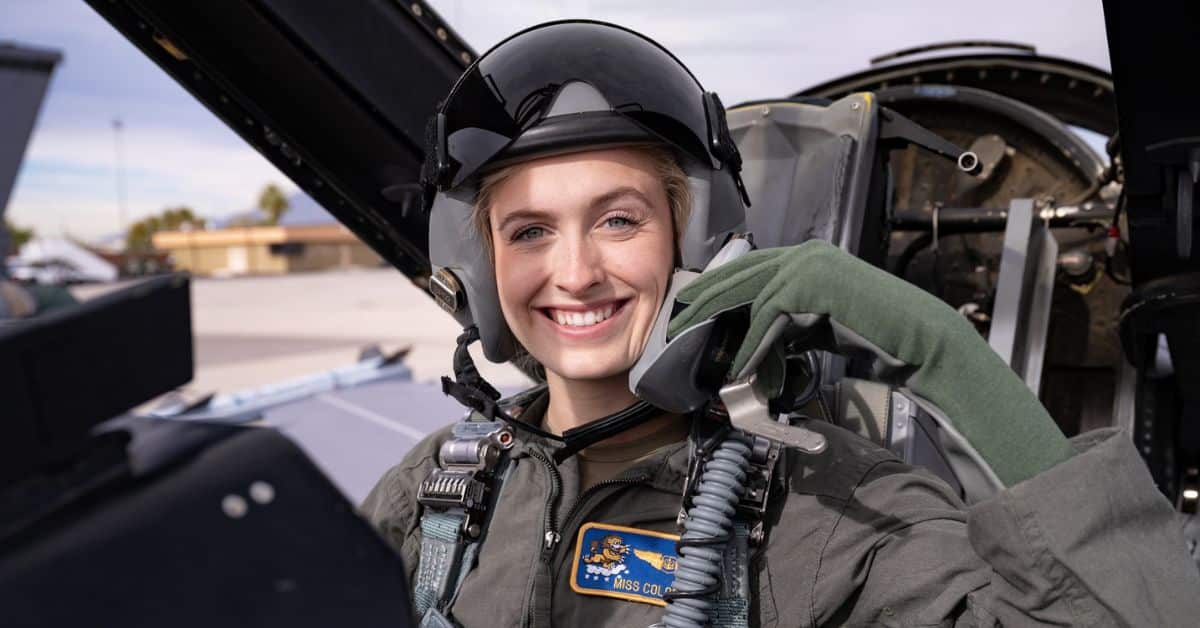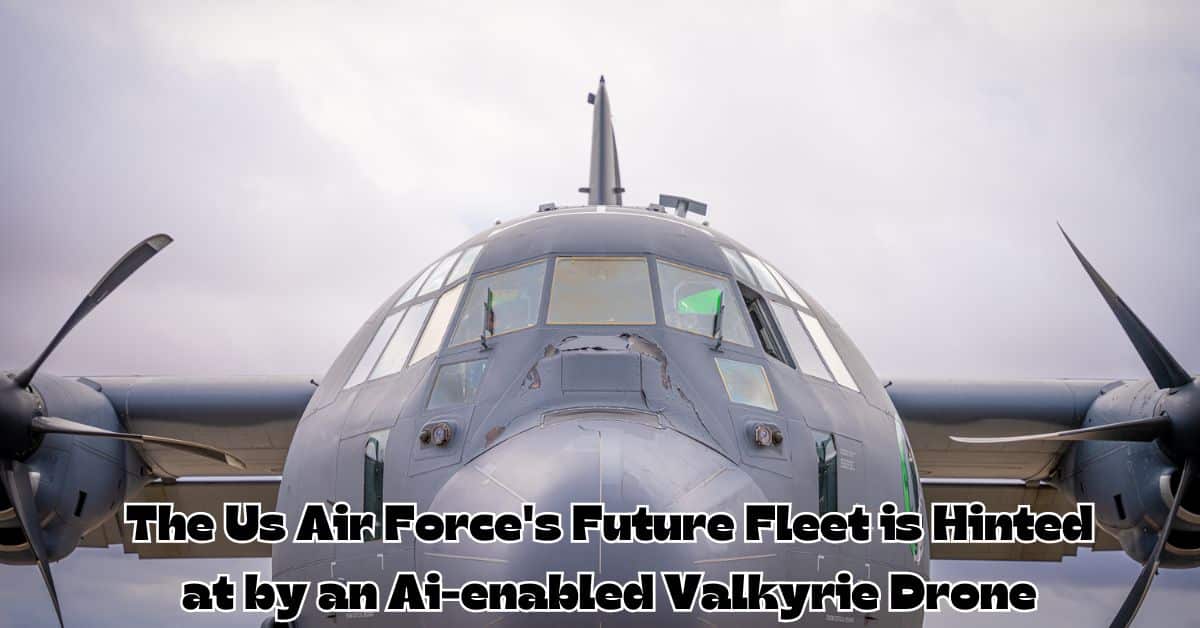An Air Force official has stated that the testing of complex software on the XQ-58A Valkyrie drone will have an impact on the future development and deployment of autonomous technology inside the United States Air Force.
In July, the Kratos-manufactured UAV made its first use of artificial intelligence algorithms during a three-hour flight near Eglin Air Force Base in Florida. The service claims that the programme was fine-tuned during millions of hours of use in virtual and simulated environments, as well as during flights with the X-62 VISTA, an experimental F-16 jet.
Valkyrie was “a great test bed” that may shed light on new ways of doing old duties, according to Chief of AI Testing and Operations Col. Tucker “Cinco” Hamilton, who made the statement on January 16.
“We have to give it some space as it’s doing its maneuvering and just recognize that it is a computer-controlled … aircraft, and it may do things differently than a human,” Hamilton said during a livestreamed event hosted by C4ISRNET. “We need to recognize there’s a huge benefit there — some things we are doing right now may not be the most efficient, most effective way of doing things.”

The Air Force has spent years on the Skyborg programme, and its current endeavour for collaborative combat aircraft (CCA) is closely related to the Valkyrie programme. The military plans to integrate CCAs with human pilots in the near future so they can increase their firepower and manoeuvrability.
Aside from carrying out reconnaissance and intelligence gathering, the unmanned aircraft may also disrupt signals, act as decoys, and launch their own missiles at targets. Some CCAs could be quite sophisticated and costly, while others could be very simple to sacrifice in battle, according to officials.
“If I’m flying around in my fighter, I can imagine a world where I have multiple drones able to conduct some missions,” Hamilton said. “The key, though, is we’ve got to get the human-machine teaming right. It’s all about that. AI and this autonomy — it’s got to empower the decision-maker.”
According to Kratos VP Robert Winkler’s September statement, the Air Force and the Defence Department have expressed their desire for a fleet of robotic wingmen. The president of General Atomics Aeronautical Systems, David Alexander, has also made similar remarks. GAAS produces the Reaper and Grey Eagle drones.
Spending on CCAs was at least $392 million in the Air Force’s proposed budget for fiscal year 2024. Over the long run, it is anticipated that billions of dollars will be spent.
If you found this technological topic to be enjoyable, you might also be interested in the following:



